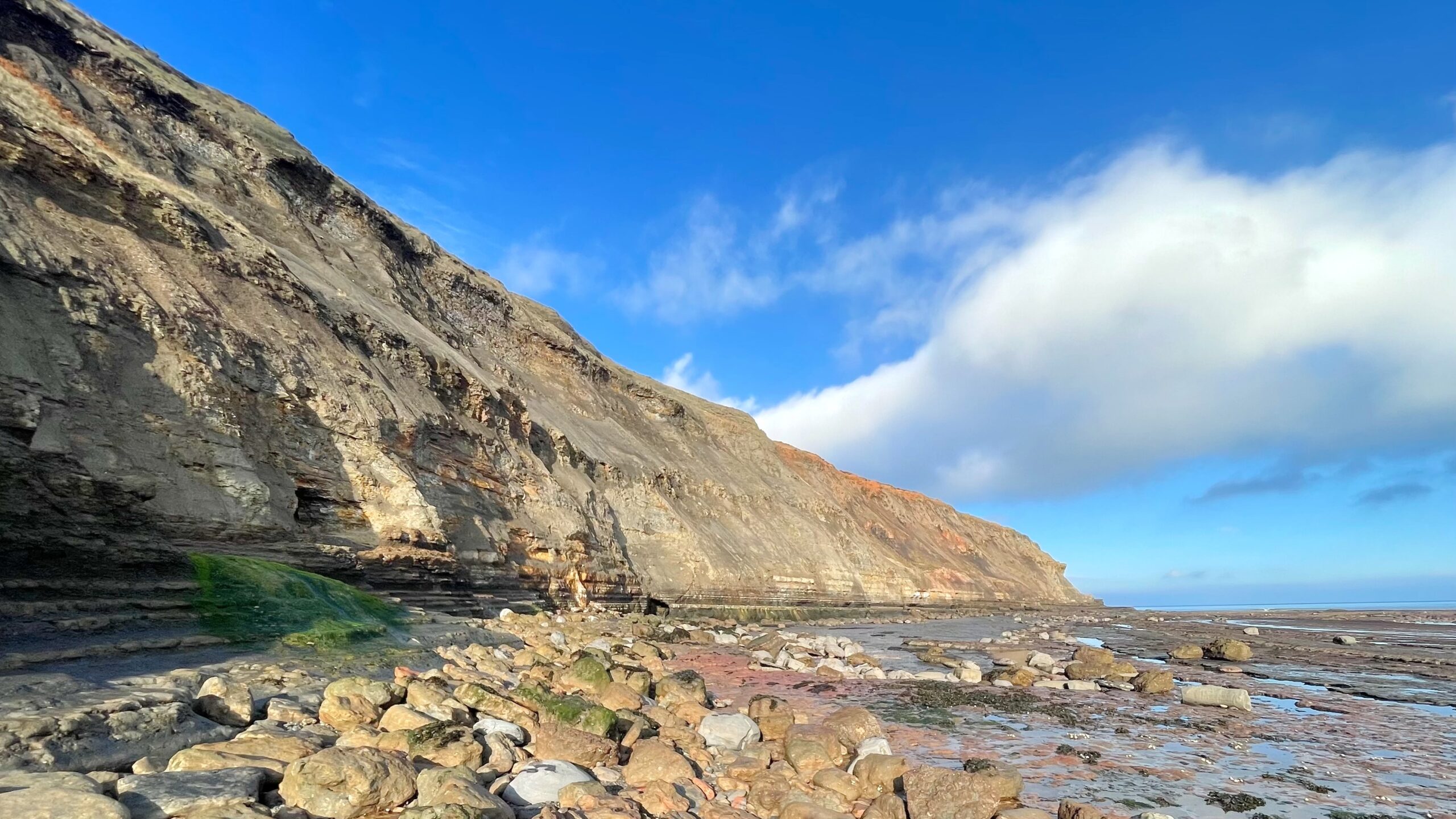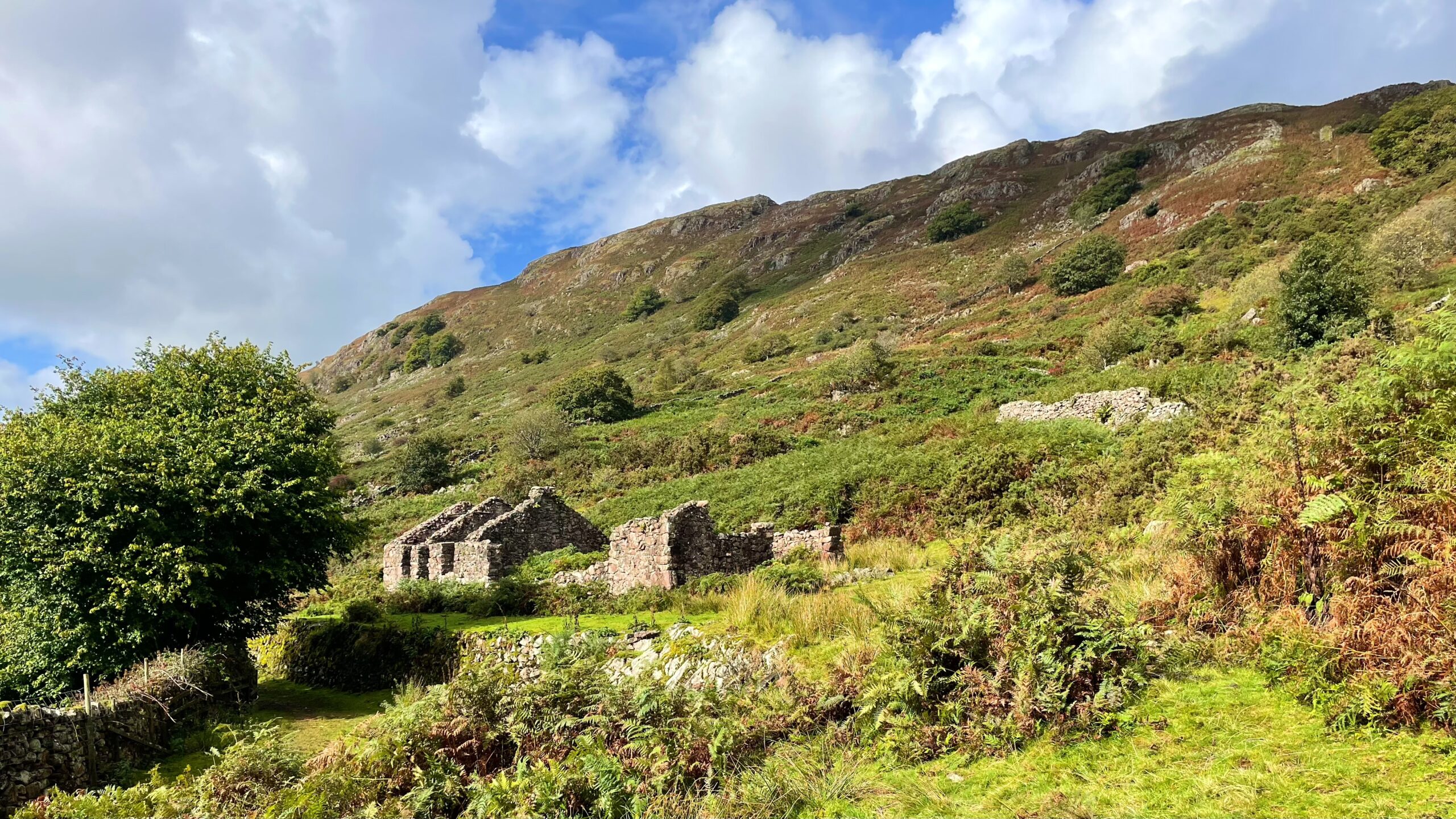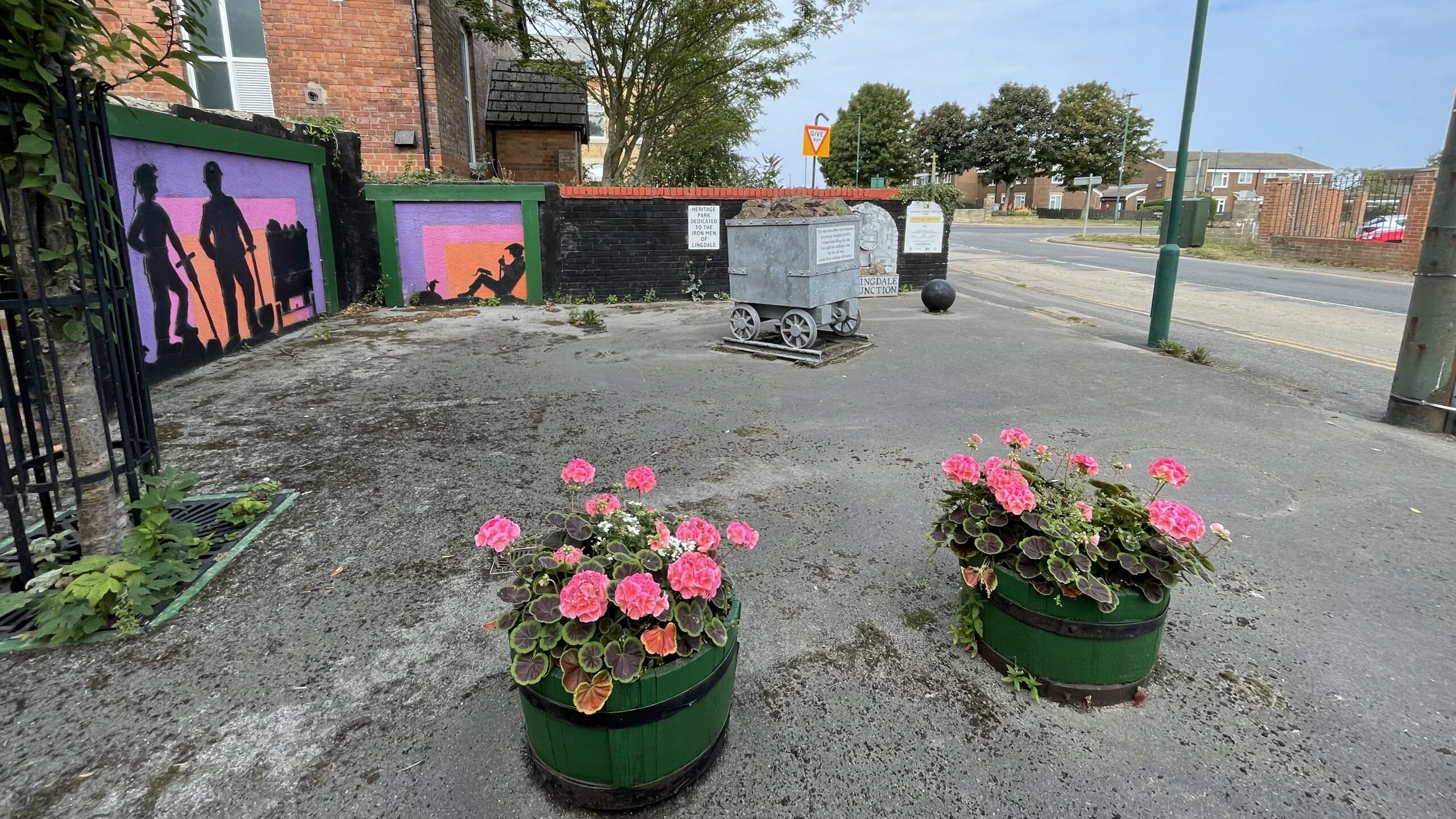Tag: ironstone mining
-

Brackenberry Wyke: Low Tide Quarrying
Only when the sea has receded at low tide can one safely pick a path along the foot of the cliffs at Brackenberry Wyke. Here lie the ghostly remains of the old ironstone workings, where men once hacked at the exposed seams before hauling their spoil through an adit to join the great warren of…
-

Nab Gill: The Lost Industry of Eskdale
Cross the little packhorse bridge by Eskdale Mill in Boot, glance left, and you will see stone ruins that have long been forgotten. The remains stand upon a loading platform, above the overgrown site of Boot railway station. These are the offices and works of Nab Gill Ironstone Mine, named after the great cleft high…
-

The Lingdale Mine Disaster of 1953
On this day in 1953, Cleveland suffered its worst ironstone mining disaster. At Lingdale Mine, an explosion claimed the lives of eight men. The blast was sparked when the flame of an acetylene lamp ignited gas released by a rockfall deep underground. The morning shift had been underway when the fall occurred, 180 metres below…
-

Clearing the Past: The Lost Drumhouse of Newton Wood
A morning with the National Trust, cutting back the summer growth from around the brick and stone remains known as the Kip, at the Cliff Rigg end of Newton Wood. The Kip is the remains of the head of a narrow-gauge tramway incline. Ore from Roseberry Ironstone Mine once hurtled down here under its own…
-

The Slow Decay of Belmont Mine
It is disheartening to see the old mine buildings at Belmont Ironstone Mine partially collapsed. Built around 1909, they may not be the grandest examples of industrial architecture, but they are likely the most intact surface remains of any ironstone mine in the Cleveland area. Remarkably, some sections are still used as stables. In the…
-

The Forgotten Incline of Ingleby Moor
I had heard the National Park was up to something on the old railway incline up Ingleby Moor, so I went to see what the fuss was about. This is not the famous incline that once carried ironstone from Rosedale. It is one that runs roughly 350 metres to the south, leading to the Ingleby…
-

Fire, Fumes, and Fatality: Scugdale’s Calcining Kiln
In the early 19th century, Scugdale was an unremarkable little dale where people busied themselves with weaving and bleaching fine linens. The local economy depended on at least four water mills, all fed by the ever-reliable Scugdale Beck. That is, until 1857, when progress arrived in the form of a two-mile railway branch between Swainby…
-

Roseberry Topping and the Lingering Trace of a Railway
A view of Roseberry Topping that will be familiar to anyone enduring the A173. A fleeting moment of brightness in an otherwise wet and windy day spent planting trees in Bransdale. Of mild interest here is the embankment, now smothered in yellow-flowering gorse and lined with skeletal silver birch trees. This was once a curving…
-

A Short History of the Ormesby Ironstone Mine and Its Surroundings
After many years, I finally returned to Flatts Lane Country Park and was astonished to find it looking clean and free of litter. This was undoubtedly the work of the Friends of Flatts Lane Country Park, who evidently have more patience than I do. The same could not be said for the approach via Flatts…
-

4th February, 1921: Redundancies at Roseberry Ironstone Mine
His day began long before any sensible person would even consider waking. At 4:30 in the morning, he and his wife dragged themselves from their bed, greeted not by comfort but by the biting cold. The morning’s first ordeal was the outhouse—an unenviable journey in deep winter, where snow, ice, and the ever-present risk of…